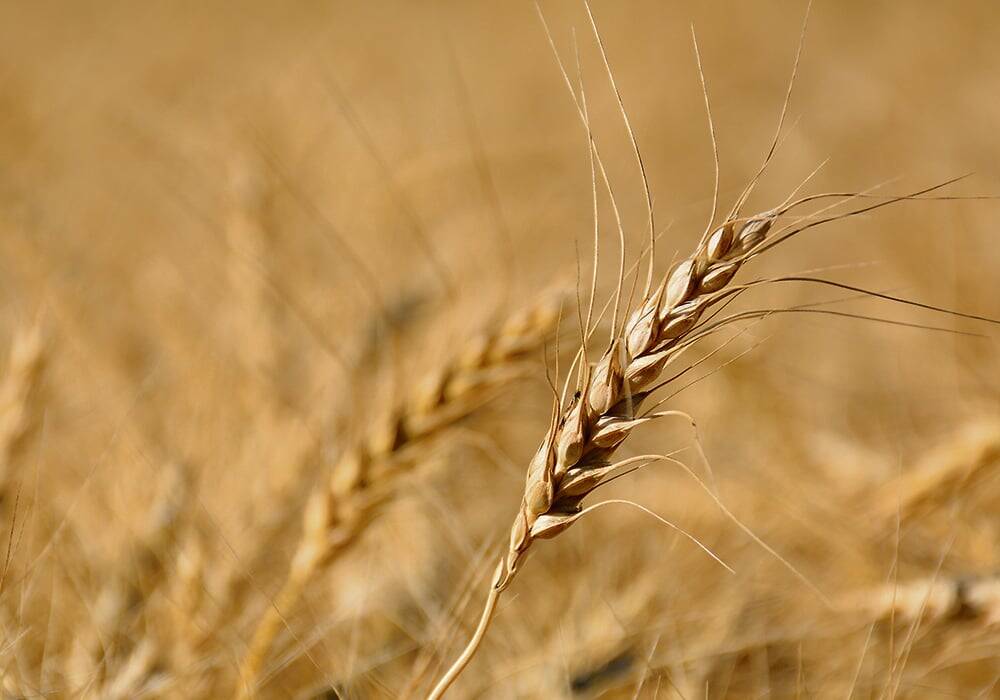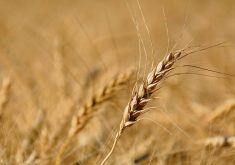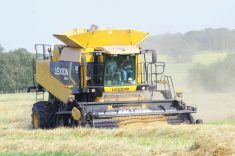(Resource News International) — Adverse weather conditions continue to keep farmers from finishing the last of this year’s canola harvest in Western Canada, with market participants estimating that up to 20 per cent of the crop may still be out in the fields.
A crop specialist with the Canola Council of Canada recommended farmers make every effort to get the harvest done in the fall, weather permitting, as the crop will not overwinter very well.
John Mayko, the Canola Council’s senior agronomy specialist at Mundare, Alta., said the harvest progress was highly variable, with some areas of the Prairies nearly complete, while other areas still have up to 50 per cent of the canola waiting in the fields.
Read Also

Eastern wheat to be included in Cereals Canada’s harvest assessment
For the first time, Eastern wheat classes will be included in the annual harvest assessment completed by Cereals Canada.
Harvest progress was farthest behind in parts of northern Saskatchewan, he said. Given projected yields, and the acres remaining to be harvested, he agreed with trade estimates that there were 1.5 million to two million tonnes of canola unharvested.
Of the crops that are out there, the quality is highly varied, depending on when the fields were swathed, said Mayko. While some fields are straight-combined, most canola is first cut and laid in swaths to cure for a week or two before farmers go over the fields with a combine to complete the harvest.
Fields that were swathed in late September or early October, immediately before the weather turned cool and wet, will probably have bigger quality problems, he said.
The wet conditions hampering the canola harvest in most areas are making it difficult to combine. Farmers must now either wait for the straw to dry down enough to allow it to go through a combine, or wait for freezing temperatures, which would also allow for harvest progress, said Mayko.
Given the lateness of the season, Makyo said, it was unlikely that the canola would dry down to optimal harvest levels. The Canola Council was now recommending producers harvest what they can and then look at drying the canola as soon as possible.
The higher the moisture content, he noted, the greater the risk of the crop spoiling in storage.
Overwintering the canola to harvest in the spring is one option for producers unable to get on their fields. However, Mayko said, quality would likely be downgraded if there is snow on the swaths for any period of time. Mould and rodent feces would also cause downgrading.
“We’re encouraging people that if you’ve got a chance, take it off now, because you can’t count on it being worth anything in the spring,” he said.












